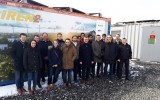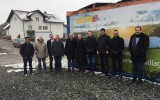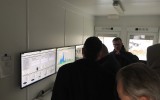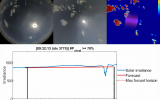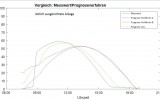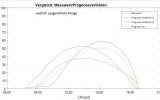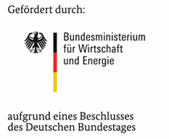Final meeting IREN2 consortium
From March 21 to 22, 2018, the IREN2 consortium met for the last time. The aim of the consortium meeting was the project completion and the coordination of the results reports, which are now to be prepared in the follow-up phase.
The IREN2 team was especially pleased about the participation of the project sponsor from Forschungszentrum Jülich, who supervised the project over a period of three years and nine months, and could finally give good indications for the follow-up phase and project completion.
The activities from IREN2 in and around Wildpoldsried will not be over with IREN2: the quasi-successor, the project "pebbles", is already in the starting blocks. With the success of IREN2, an established team based on a good technical base and committed community support, we were able to successfully apply for a new research project. Pebbles - Blockchain-based peer-to-peer trading - will showcase how new markets can work in the age of local renewable generation and how the innovative blockchain technology can be used.
We look forward to the new challenge and would like to thank everyone who supported us at IREN2 and made the success possible.



